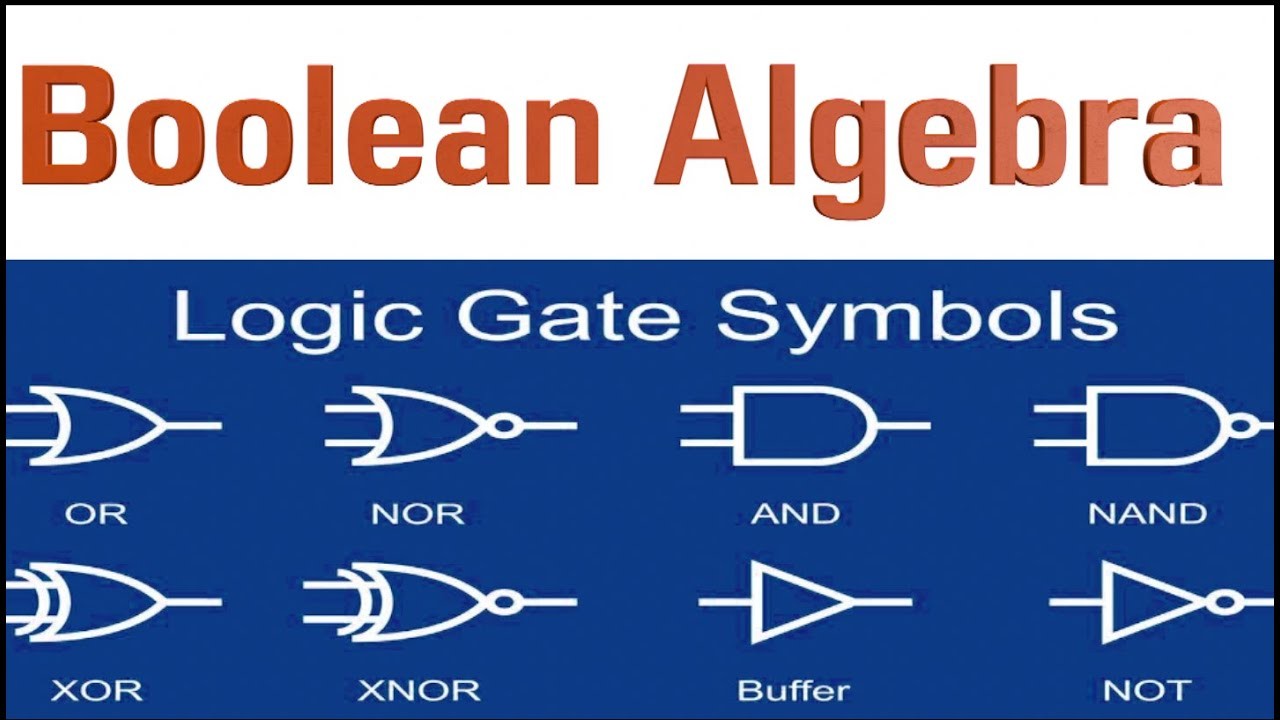
Stone's Representation Theorem for Boolean Algebras is a fundamental concept in mathematical logic and algebra. It provides a powerful link between Boolean algebras and topological spaces, shedding light on the intricate relationship between algebraic structures and geometric spaces. Understanding this theorem is crucial for anyone delving into the realms of abstract algebra, logic, or theoretical computer science.
In this article, we will explore 10 essential facts about Stone's Representation Theorem, unraveling its significance and applications. From its historical origins to its profound implications in various fields, we will delve into the depths of this theorem, shedding light on its elegance and utility. Whether you're a mathematics enthusiast, a student grappling with abstract algebra, or a curious mind seeking to expand your knowledge, this exploration of Stone's Representation Theorem will provide valuable insights and a deeper appreciation for the beauty of mathematical theory. So, let's embark on this journey to uncover the fascinating intricacies of Stone's Representation Theorem for Boolean Algebras.
Key Takeaways:
- Stone’s Representation Theorem unveils the fascinating connection between Boolean algebras, Boolean rings, and topological spaces, enriching our understanding of their intricate relationships and mathematical essence.
- This theorem fuels the advancement of theoretical computer science, inspiring mathematical exploration and empowering the study of Boolean functions, paving the way for groundbreaking developments in computational theory and algorithms.
Stone's Representation Theorem for Boolean Algebras: Unveiling the Mathematical Marvel
Stone's Representation Theorem for Boolean Algebras is a fundamental concept in mathematical logic and algebra, shedding light on the intricate structure of Boolean algebras. Let's delve into the captivating realm of this theorem and unravel its significance.
It Unveils the Duality Between Boolean Algebras and Boolean Rings
Stone's Representation Theorem illuminates the profound duality between Boolean algebras and Boolean rings, showcasing the intricate interplay of their structures and operations.
This theorem is a cornerstone of mathematical logic and algebra, offering a profound insight into the duality between Boolean algebras and Boolean rings. It unveils the intricate relationship between these mathematical constructs, enriching our understanding of their fundamental properties and operations.
It Provides a Surprising Link to Topological Spaces
Surprisingly, Stone's Representation Theorem establishes a profound link between Boolean algebras and topological spaces, unraveling a captivating connection that transcends traditional mathematical boundaries.
It Unravels the Intricate Correspondence Between Boolean Algebras and Stone Spaces
This theorem unravels the captivating correspondence between Boolean algebras and Stone spaces, shedding light on the profound relationship that underpins their mathematical essence.
It Lays the Foundation for Model Theory
Stone's Representation Theorem lays a solid foundation for model theory, offering a powerful framework for analyzing the semantics of formal languages and the structures they represent.
It Empowers the Study of Boolean Functions
By providing a deep understanding of Boolean algebras, Stone's Representation Theorem empowers the comprehensive study of Boolean functions, enriching the realm of mathematical analysis and computation.
It Unlocks the Realm of Algebraic Logic
This theorem serves as a key that unlocks the captivating realm of algebraic logic, offering profound insights into the algebraic structures that underpin logical systems.
It Illuminates the Structure of Boolean Algebras
Stone's Representation Theorem sheds light on the intricate structure of Boolean algebras, unraveling their fundamental properties and operations with unparalleled clarity.
It Fuels the Advancement of Theoretical Computer Science
By providing a deep understanding of Boolean algebras and their representations, this theorem fuels the advancement of theoretical computer science, paving the way for groundbreaking developments in computational theory and algorithms.
It Inspires Mathematical Inquiry and Exploration
Stone's Representation Theorem serves as a wellspring of inspiration for mathematical inquiry and exploration, igniting the curiosity of mathematicians and scholars to delve deeper into the captivating realm of Boolean algebras and their representations.
Stone's Representation Theorem for Boolean Algebras stands as a beacon of mathematical insight, illuminating the intricate interplay of algebraic structures and paving the way for profound advancements in mathematical logic, algebra, and theoretical computer science.
Conclusion
In conclusion, Stone's Representation Theorem for Boolean Algebras stands as a pivotal result in the realm of mathematical logic and algebra. It elegantly establishes a profound connection between Boolean algebras and topological spaces, shedding light on the intrinsic structure of these mathematical entities. By providing a powerful duality between algebraic and topological properties, this theorem has far-reaching implications in various fields, including computer science, electrical engineering, and set theory. Its significance lies not only in its theoretical elegance but also in its practical applications, making it a cornerstone of modern mathematics.
FAQs
What is the significance of Stone's Representation Theorem for Boolean Algebras?Stone's Representation Theorem for Boolean Algebras is significant as it establishes a fundamental duality between algebraic structures and topological spaces, providing deep insights into the nature of Boolean algebras and their connection to topology.
How does Stone's Representation Theorem impact practical applications?Stone's Representation Theorem has practical implications in fields such as computer science and electrical engineering, where it forms the basis for understanding and manipulating Boolean algebraic structures, leading to advancements in logic design and digital circuitry.
Was this page helpful?
Our commitment to delivering trustworthy and engaging content is at the heart of what we do. Each fact on our site is contributed by real users like you, bringing a wealth of diverse insights and information. To ensure the highest standards of accuracy and reliability, our dedicated editors meticulously review each submission. This process guarantees that the facts we share are not only fascinating but also credible. Trust in our commitment to quality and authenticity as you explore and learn with us.
